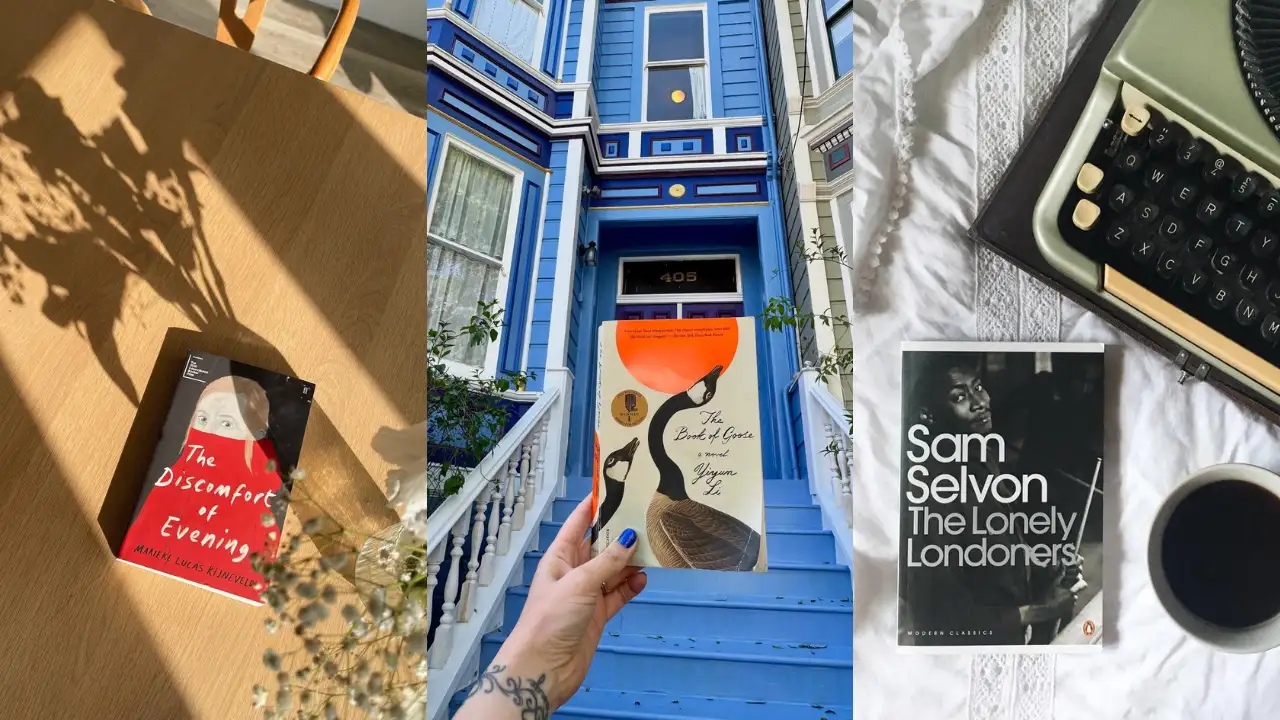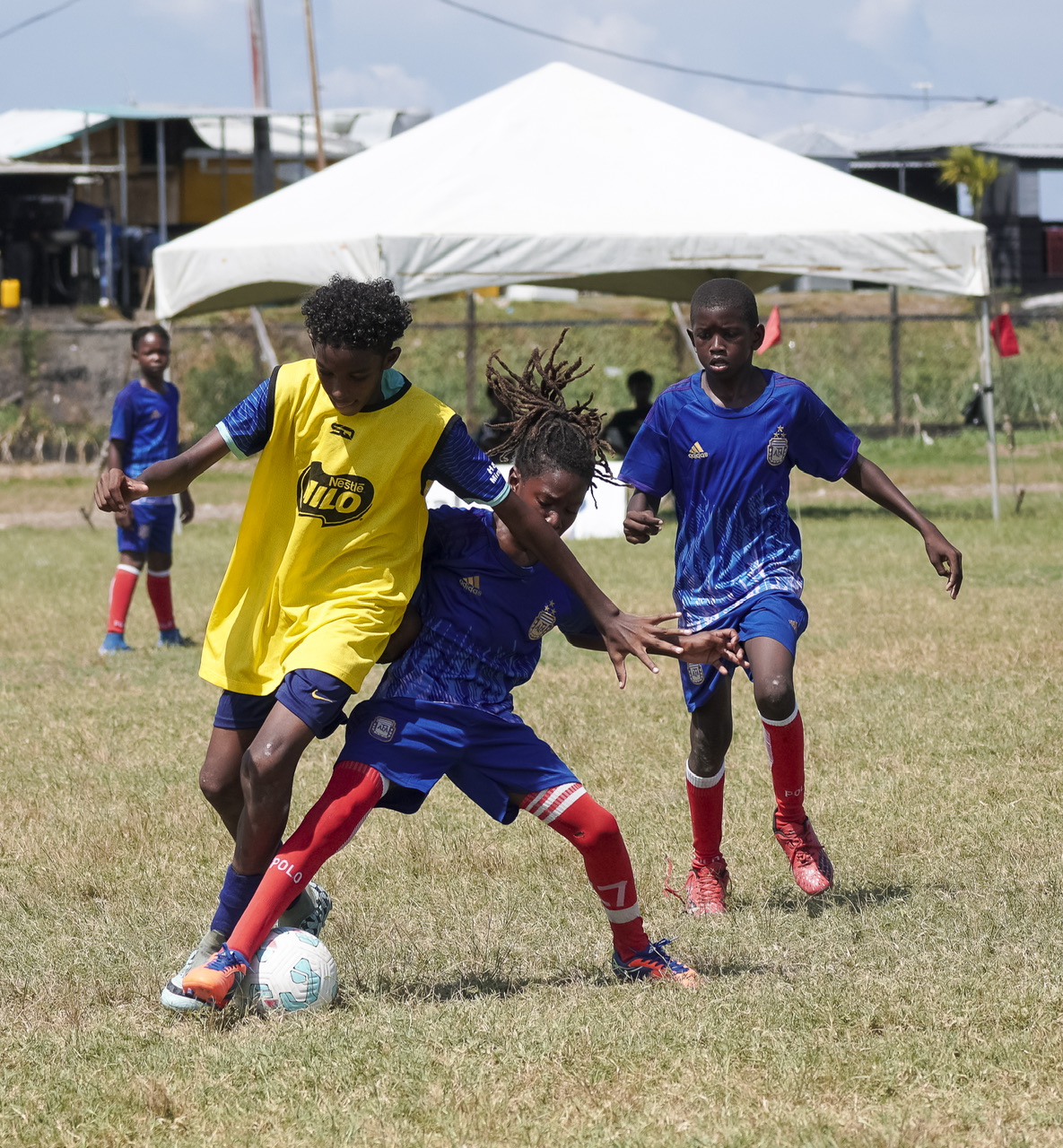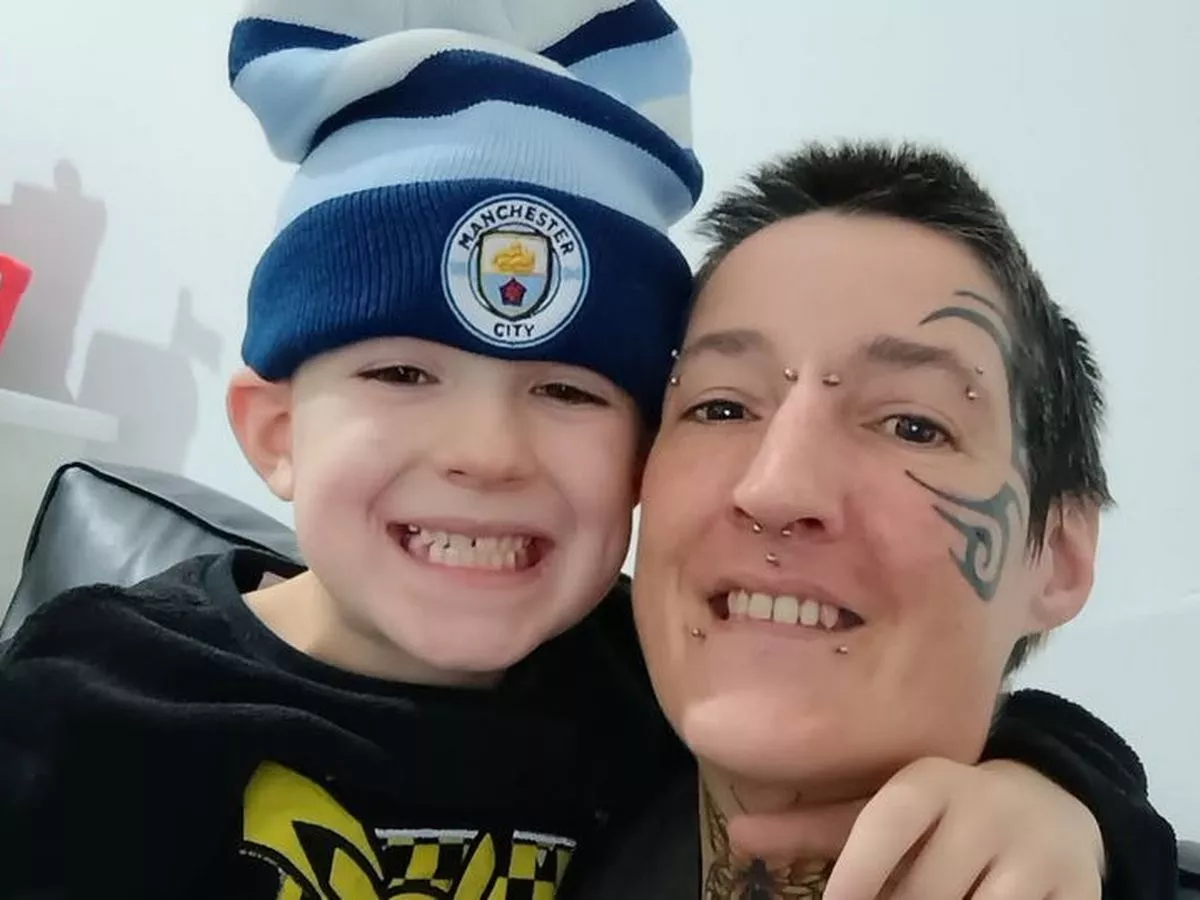Copyright timesnownews

There's a special kind of loneliness that comes from never quite fitting in. It's standing in a crowded room and feeling invisible. It's speaking a language others don't understand, even when you're using the same words. These ten books capture that exact feeling with brutal honesty and unexpected beauty. Their characters are immigrants, misfits, dreamers, and rebels who live on society's edges. They're too different, too quiet, too loud, too foreign, or too strange for the spaces they occupy. But here's what makes these stories powerful: they transform isolation into insight. Being the outsider hurts, but these books show it also means seeing the world more clearly than anyone else in the room. Also Read: 10 Bold Books That Say What Everyone’s Thinking but No One Wants to Admit 1. We That Are Young by Preti Taneja A modern retelling of King Lear set in India follows three daughters of a powerful businessman as their family empire collapses amid corruption, violence, and betrayal. Jivan Singh plans to divide his company among his daughters, but the ceremony goes terribly wrong, leading to a chain of consequences across castes and classes. Preti Taneja shifts between perspectives, including the daughters, their partners, workers on family farms, and displaced people trapped in the empire’s system. The novel shows how power works in modern India through caste hierarchies, corporate greed, sexual violence, and the gap between democratic ideals and harsh realities. 2. Homesick for Another World by Ottessa Moshfegh This story collection features characters who are strange, lonely, or damaged, living on the edges of normal life and struggling to fit in. Ottessa Moshfegh writes about people who disgust others, who fail at basic social interaction, who watch from outside with both disdain and longing for a connection they cannot find. The stories include a woman obsessed with a coworker, a teacher who abandons her life, a man who drugs himself to escape, and others whose inner worlds are vivid but whose outer lives seem pathetic or disturbing. Moshfegh doesn’t make her characters sympathetic in traditional ways; instead, she shows their humanity through their strange thoughts and behaviours, suggesting that what we hide would make anyone seem like an outsider if revealed. 3. Go, Went, Gone by Jenny Erpenbeck A retired classics professor in Berlin becomes fascinated by African refugees protesting in the city, first out of curiosity and later from real empathy for their impossible situations. Richard, who has just retired after decades of teaching, lives alone in a post-reunification Germany that feels changed and unrecognisable. Jenny Erpenbeck follows him as he interviews refugees from various African countries, men who survived dangerous journeys and now live in legal limbo, forbidden to work or study and invisible to most Germans. The novel explores how both Richard and the refugees experience outsider status: he as an East German in unified Germany, they as stateless people with no home or rights. 4. The Discomfort of Evening by Marieke Lucas Rijneveld A ten-year-old girl on a Dutch dairy farm retreats into dark fantasies after her older brother dies in a skating accident that she believes was caused by her own prayer. The family’s strict Calvinist faith gives no comfort as her parents fall apart, her father becomes violent, and her siblings cope in troubling ways. Marieke Lucas Rijneveld writes from Jas’s perspective in vivid, unsettling prose that captures childhood’s strange logic and the suffocating life of a rural religious home. Jas feels responsible for her brother’s death, discovers her own sexuality that her faith condemns, and watches her family break down while she struggles to make sense of it all. 5. Annie John by Jamaica Kincaid A girl grows up in Antigua, moving from closeness with her mother to distance and eventual departure for England, while navigating identity, sexuality, and colonial education. Annie’s early years revolved around her mother’s love and care, but when puberty arrived, her mother withdrew affection and treated her like a rival. Jamaica Kincaid portrays this shift with raw honesty, showing Annie’s confusion and pain. At school, British colonial teachings make her admire England and dismiss her own culture, creating an inner divide between what she’s taught and what she lives. She forms intense friendships with other girls, faces illness and depression, and finally leaves the island for nursing school in England. 6. Lot by Bryan Washington This collection of linked stories follows a young gay man of colour navigating Houston’s neighbourhoods, his family’s troubles, and his search for connection across race, sexuality, and class. The narrator moves through his mother’s Latinx community, his father’s Black family, gay bars, and restaurant kitchens where he works. Bryan Washington writes in sparse, direct language that captures the narrator’s quiet detachment as he looks for intimacy in fleeting relationships. The stories show what it’s like to belong nowhere, too Mexican for Black spaces, too Black for Latinx ones, too working class for rich gay scenes, too queer for family acceptance. 7. Passing by Nella Larsen Two light-skinned Black women who can pass as white meet again after years apart, revealing the cost of choosing different lives in a racist society. Clare Kendry has married a white man who doesn’t know she is Black, living in wealth but cut off from her roots. Irene Redfield lives as a Black woman in Harlem, married to a Black doctor and respected in her community. Nella Larsen explores Clare’s risky double life and Irene’s fascination and fear of her. The novel examines what it means to live between worlds, belonging to neither, and the toll of hiding your true self to survive. 8. The Book of Goose by Yiyun Li Two girls in postwar France form a deep, consuming friendship, writing dark stories together until their creation brings fame and separation. Fabienne is bold and cruel; Agnès is quiet and obedient, recording the tales Fabienne invents. Yiyun Li tells the story from Agnès’s point of view years later as she reflects on how their partnership shaped her life. When adults notice their writing, Agnès is sent to England as a prodigy while Fabienne stays behind, and the distance changes everything. The novel explores friendship, power, and dependence, showing how creativity can emerge from unequal bonds. 9. Assembly by Natasha Brown A young Black woman in finance faces the weight of racism, class, and illness while preparing for a garden party at her white boyfriend’s family estate. She has spent years perfecting the version of herself that fits white corporate expectations, carefully avoiding discomfort or confrontation. Natasha Brown writes in sharp, fragmented prose that mirrors the narrator’s constant self-editing. As she looks back on her climb from working-class roots to the corporate elite, she questions whether the success she earned through constant self-erasure was worth it. 10. The Lonely Londoners by Sam Selvon Caribbean immigrants in 1950s London struggled against racism, poverty, and loneliness while trying to build new lives in the country they once idealised. Moses Aloetta helps new arrivals like Henry Oliver, who comes with dreams of opportunity but meets cold rejection instead. Sam Selvon writes in Caribbean dialect, turning language into a statement of pride and resistance. The novel follows immigrants through discrimination, housing struggles, and relationships marked by inequality. Selvon captures the exhaustion of surviving in a city that sees them as unwanted, the longing for home, and the fragile community they build together. Also Read: 10 Books That Understand Your Social Anxiety Better Than Your Group Chat These ten books don't offer easy solutions to feeling like an outsider. They won't magically make you fit in or erase the ache of not belonging. What they do instead is something more valuable: they make you feel less alone in your difference. Each story proves that countless others have stood in that same uncomfortable position, searching for their place. The characters in these books survive, adapt, resist, and sometimes even thrive despite their outsider status. For readers who've ever felt like they don't quite match their surroundings, these stories offer recognition and solidarity. They remind us that sometimes the view from the margins shows us truths the centre never sees.



